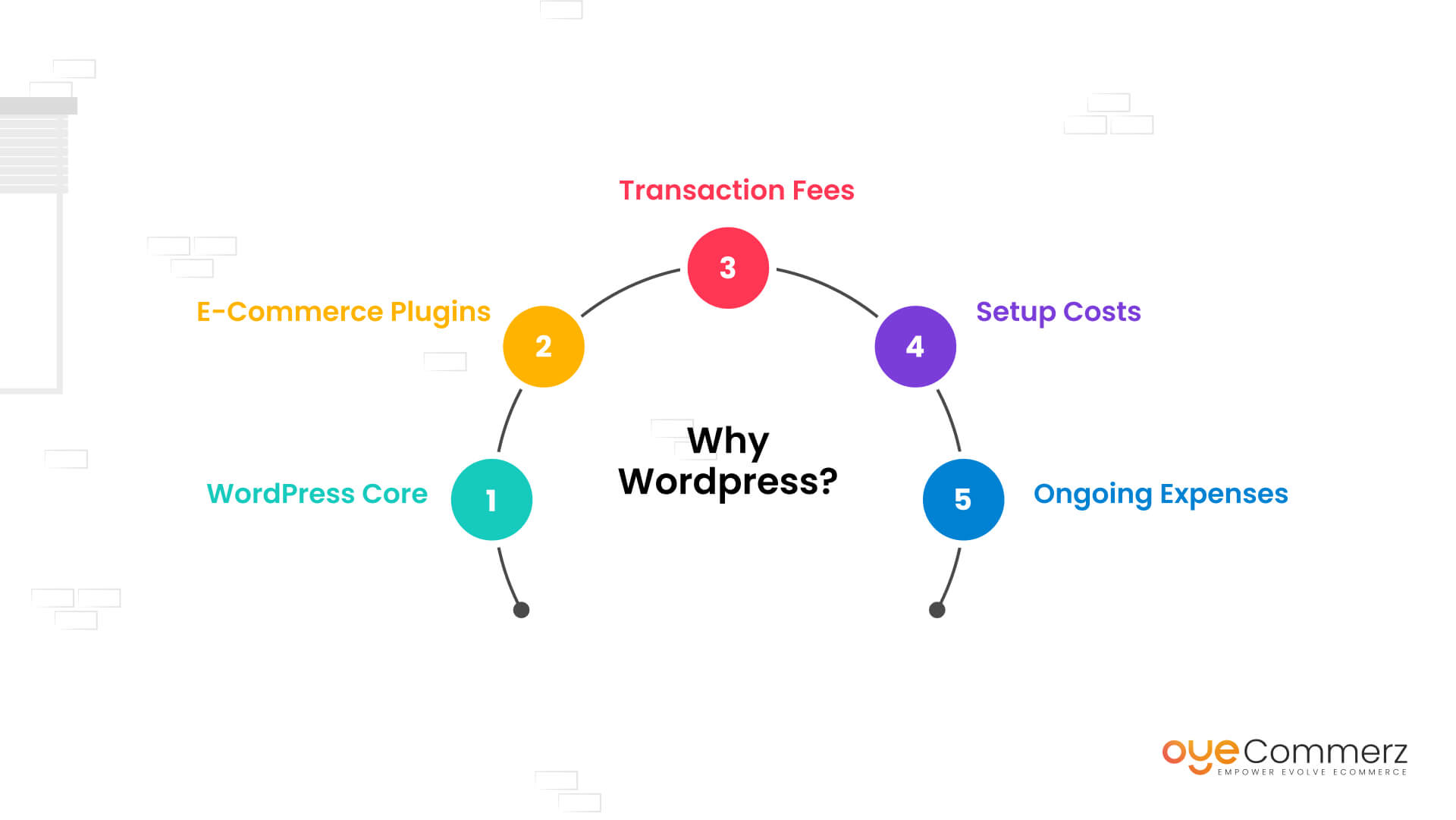Transitioning from WordPress to Shopify is an exciting step in streamlining your e-commerce operations. As companies expand, choosing a platform that supports scalability, UX, and customization is essential. Shopify has emerged as a preferred choice for online merchants, offering superior adaptability, data protection, and user-friendliness. In this guide, we will delve into the transformative impact of this migration, highlight the advantages, and provide actionable steps to facilitate a smooth transition.
1. Top Reasons to Transition from WordPress to Shopify
WordPress, paired with WooCommerce, has served countless e-commerce platforms. Nevertheless, as companies scale, issues like plugin dependency, security vulnerabilities, and complex setups often obstruct progress. Shopify, designed explicitly for e-commerce, eliminates these concerns with an all-in-one, intuitive solution. Real data back this shift—Shopify hosts over 4.4 million stores globally, with a documented 10% boost to sales conversion rates for many businesses after migration.
2. Key Benefits of Shopify for E-commerce Success
Shopify’s robust ecosystem caters for expanding businesses. Its notable features are:
- Seamless Customization: Shopify provides over 80 expertly crafted themes.
- Built-in Features: Capabilities such as Shopify Payments and integrated SEO save time and effort.
- International Expansion: Multi-currency support and regional customization enable brands to reach global markets.
Additionally, Shopify boasts an availability percentage of 99.98%, ensuring your website remains accessible.
3. Preparing for WP to Shopify Migration
Prior to starting the migration process, assess your existing setup. Analyze product data, client information, and SEO performance. Resources such as Shopify’s Migration Kit or external tools help ease the transition. Develop a comprehensive plan, ensuring all assets—product descriptions, images, and blog content—are optimized for transfer.
4. The Importance of Accurate Data Migration
Transferring your data forms the foundation for a smooth platform switch. When moving from WordPress to Shopify, prioritize:
- Product Information: SKU, item summaries, and categories.
- Customer Data: Emails, purchase records, and custom fields.
- Search Engine Considerations: Retain meta tags, URLs, and redirects to avoid SEO losses.
Leverage apps like LitExtension to streamline data transfer while minimizing errors.
5. Tailoring Your Shopify Store to Fit Your Brand
Post-migration, personalizing your Shopify store helps it aligns with your brand. Utilize Shopify’s intuitive page builder to create layouts with ease. Shopify's themes are optimized for all devices, ensuring a seamless UX across platforms—a critical factor, since 74% of online shopping is generated by mobile users.
6. How to Protect Your SEO Rankings When Switching Platforms
SEO is vital for maintaining your visibility during migration. Shopify excels in SEO with organized link formatting, built-in optimization tools, and seamless blog integration. Make sure you:
- Set up URL forwarding for old URLs.
- Enhance updated content with targeted phrases.
- Use Shopify's apps Plug in SEO to monitor performance after the switch.
7. Essential Tests After Migrating to Shopify
After finishing the transfer, run detailed checks.
Review: - Page load times (Shopify boasts faster speeds compared to WP).
- Functionality of payment gateways and transaction flow.
- Mobile responsiveness.
Quality assurance guarantees your store provides a seamless shopping experience WordPress to Shopify migration from the start.
8. Real-Life Success Story
One such migration success story is Gymshark, a fitness apparel brand that transitioned to Shopify. Post-migration, the company Migrate from WordPress to Shopify saw a 60% boost in mobile sales and significantly lowered site downtime. This showcases the capabilities of Shopify in driving online business success.
9. Challenges and Solutions
Migration is not without obstacles, such as data integrity and reconfiguring custom functionalities. However, Shopify’s extensive assistance and external professionals simplify the process. Partnering with experienced Shopify developers ensures a trouble-free transition.
10. Starting Your Journey with Shopify
Switching from WordPress to Shopify marks a forward-thinking decision to online retail. By focusing on growth, simplifying management, and improving buyer satisfaction, Shopify enables companies to thrive in challenging industries.
Final Thoughts
Transitioning from WordPress to Shopify offers a smart solution that can greatly enhance your e-commerce success. With a well-structured strategy, the right tools, and expert support, you can unlock new success milestones.
Ready to make the leap? Let’s discuss how our Shopify migration services can revolutionize your e-commerce platform. Get in touch today, or ask yourself: Is it time to seize Shopify’s advantages for your store?
